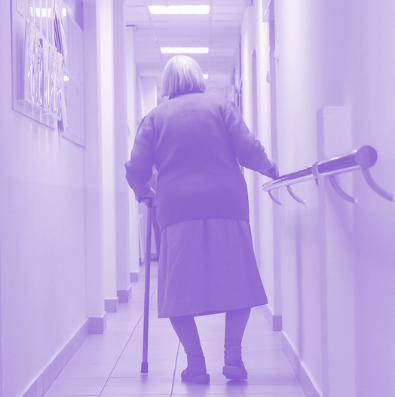Big aged care changes outlined
 Sweeping aged care reforms promise better support but potentially higher costs.
Sweeping aged care reforms promise better support but potentially higher costs.
The Albanese Government has announced reforms to Australia's aged care system, introducing a $5.6 billion package designed to improve both home and residential care for the nation's elderly.
Described by Prime Minister Anthony Albanese as “once-in-a-generation” reforms, the measures aim to address the growing demand for aged care services and support older Australians who wish to age in their homes.
At the heart of these changes is a $4.3 billion investment in the new Support at Home program, which will commence on 1 July 2025.
The initiative is expected to benefit approximately 1.4 million Australians by 2035, allowing them to remain independent in their homes longer.
The program offers a variety of services, including clinical care, assistance with daily tasks such as showering and shopping, and support for home modifications like ramps or bathroom upgrades.
In addition, the government will cover the full cost of clinical services, while individuals will contribute towards costs associated with daily living and personal care.
Concerns have been raised about the financial burden on some elderly Australians.
Under the new system, contributions to aged care will be means-tested based on the Age Pension test, with a lifetime cap of $130,000 on non-clinical care costs.
While the government says that no one will contribute more than this cap, the reforms may still place additional strain on self-funded retirees and part-pensioners.
Those in this group will likely see increased out-of-pocket costs compared to full pensioners, with the government contributing less for their care.
The reform package is projected to save $12.6 billion over the next 11 years, despite a net increase in spending of $930 million over the next four years.
While the government assures Australians that the reforms are designed to make the system more sustainable, critics argue that these savings come at a cost to some individuals.
Residential care is also set to undergo significant changes, with larger means-tested contributions expected from new residents starting in 2025.
The government has promised not to alter the treatment of the family home under the means test, but new entrants to aged care facilities may face higher room prices, which will be indexed to keep pace with inflation.
Providers will also be allowed to retain a small portion of refundable accommodation deposits, a measure aimed at improving the financial viability of the sector, which currently sees nearly half of all providers operating at a loss.
The reforms also introduce new laws aimed at strengthening protections for those in care. These include a Statement of Rights for older Australians, stronger regulatory powers, and civil penalties for breaches of care standards.
A new Complaints Commissioner will be established to handle grievances, a move the government hopes will increase accountability in the sector.
More details of the planned aged care reforms and reviews are accessible here.








 Print
Print